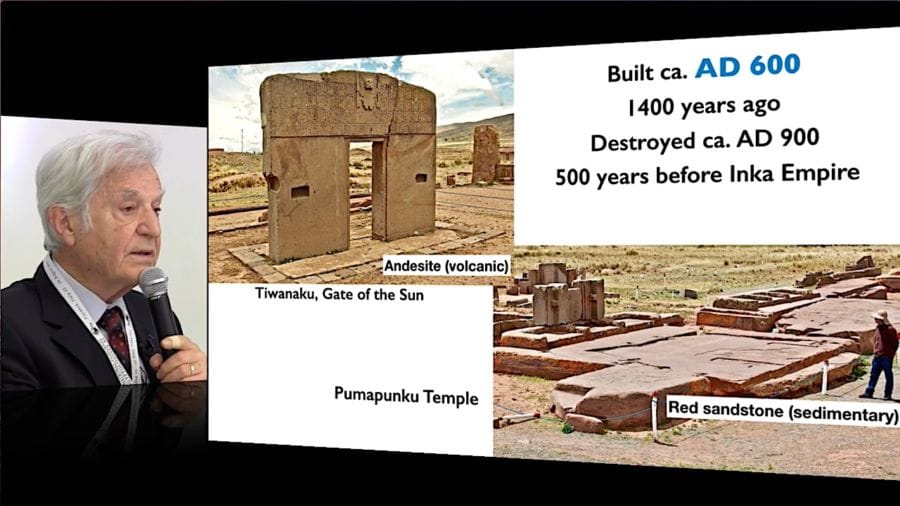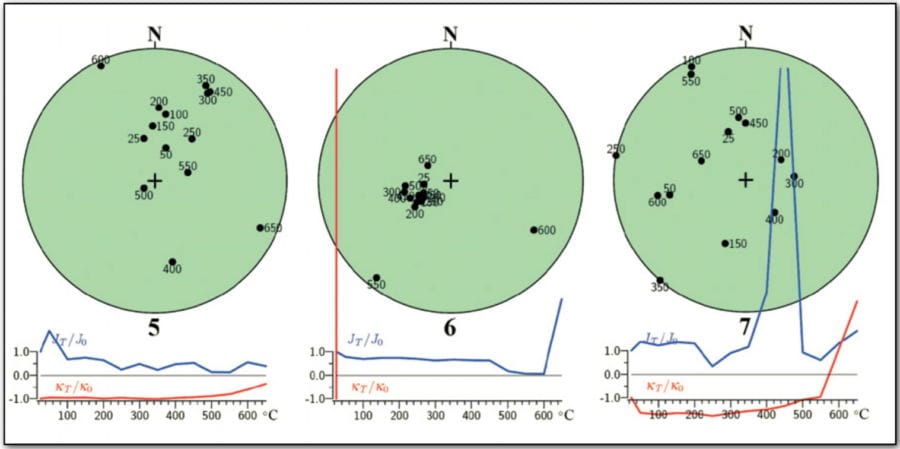The renowned scientific publisher Springer-Nature has published Prof. J. Davidovits new book entitled: Ancient Geopolymers in South America and Easter Island, available immediately as an e-book and later in print (scheduled for 15 December 2024). Go to:
Ancient Geopolymers: New Book
It is part of the book series: SpringerBriefs in Earth Sciences (BRIEFSEARTH).

The book presents the study (with recent updates) on Ancient Geopolymers in South America and Easter Island regions, exploring the artificial nature of the volcanic rocks used in the construction of Easter Island statues. Contrary to the belief that the statues were carved and transported, Davidovits …
Read more / Lire la suite
 In English
In English En Français
En Français




